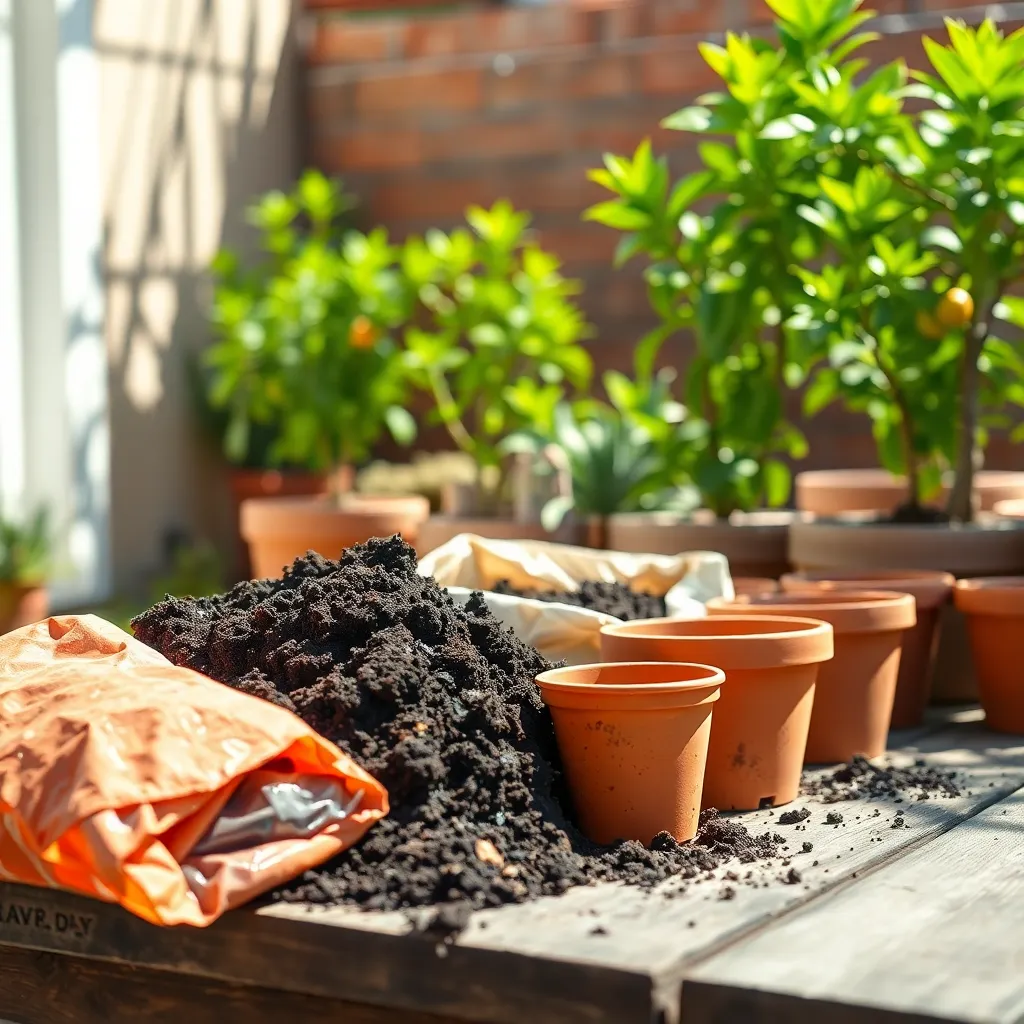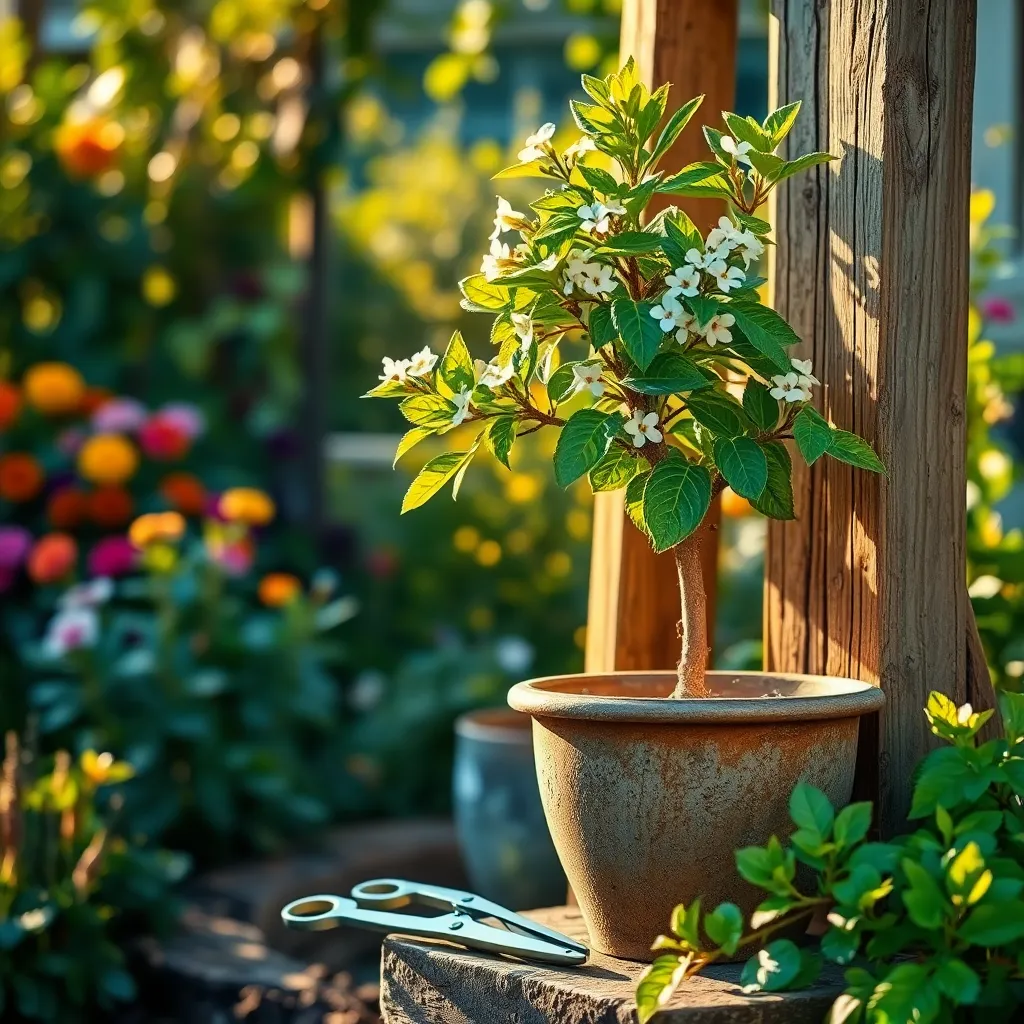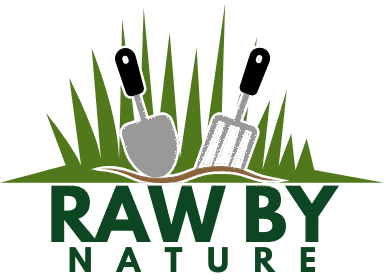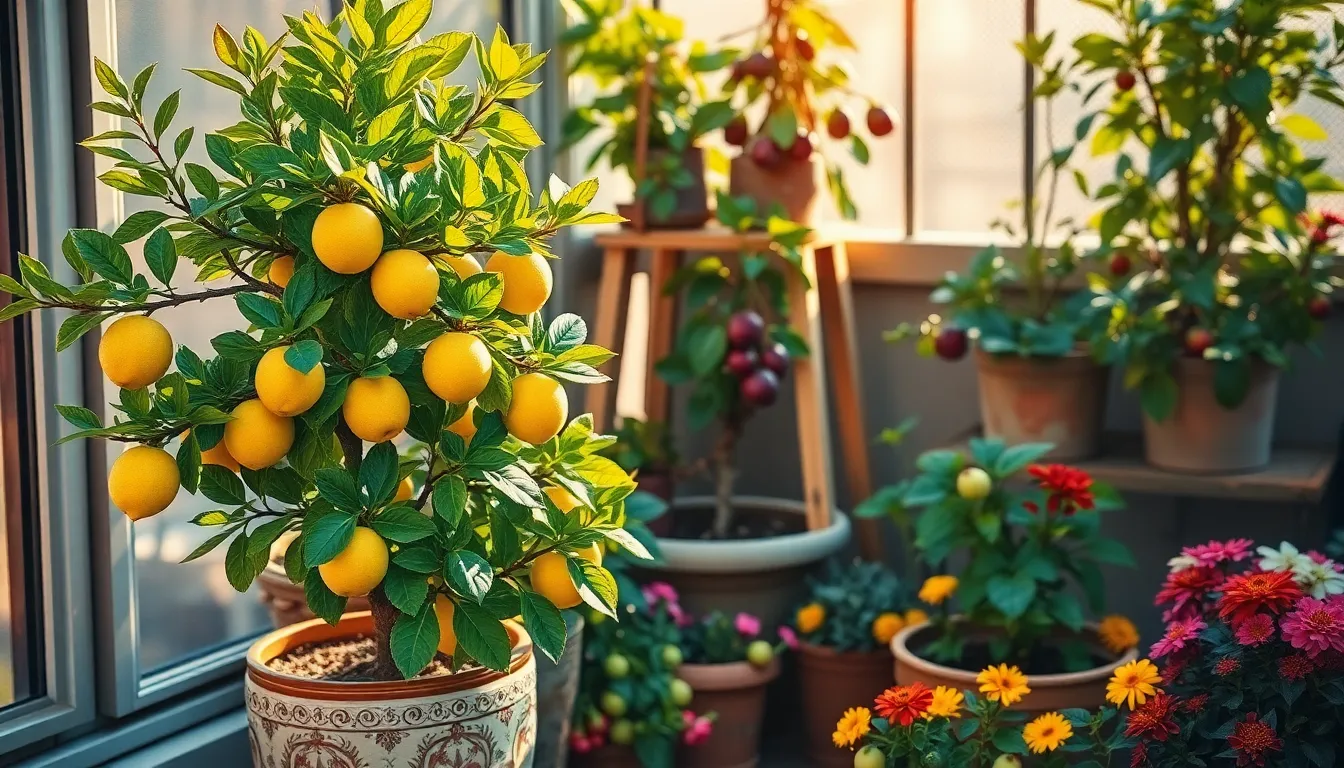Imagine stepping out onto your balcony or into your small backyard and plucking a juicy apple or a sun-kissed peach from your very own fruit tree. For many, the dream of growing fruit trees might seem like an unattainable luxury reserved for those blessed with sprawling gardens, but the truth is, even the smallest spaces can yield bountiful harvests with a little ingenuity and care. Whether you’re a beginner just starting your gardening journey or a seasoned green thumb looking to diversify your urban oasis, learning to cultivate fruit trees in compact areas can transform your space into a personal orchard.
Growing fruit trees in small spaces isn’t just about maximizing your harvest; it’s about fostering a connection with nature and savoring the fruits of your labor, quite literally. With the right techniques, such as espalier training and selecting dwarf varieties, you can enjoy a variety of fruits without sacrificing precious space. In this article, we’ll guide you through choosing the right trees, understanding the nuances of container gardening, and ensuring your trees thrive in limited environments. By the end, you’ll be equipped with practical tips and insights to turn even the tiniest plot into a productive haven.
The journey of growing fruit trees in confined areas is both gratifying and surprisingly simple, once you know the secrets. We’ll explore the art of creating microclimates, the importance of soil health, and how to maintain your trees’ vitality through smart pruning and care. No matter the size of your garden, there’s a way to grow fruit trees that fit your lifestyle and space. So, grab your gardening gloves and let’s embark on this fruitful adventure together!
Select Compact Fruit Tree Varieties

When selecting compact fruit tree varieties, consider dwarf or semi-dwarf options, which are perfect for small spaces. These trees typically reach a height of 8 to 10 feet, making them easy to manage and harvest.
Opt for fruit trees grafted onto dwarfing rootstocks, as they help control the tree’s final size while maintaining fruit quality. Popular choices include dwarf apple varieties like ‘Honeycrisp’ and ‘Fuji’, which thrive in well-drained, loamy soil.
Planting in containers is another excellent option for growing compact fruit trees, allowing flexibility in positioning and optimal sunlight exposure. Use pots that are at least 18 inches wide and deep, and ensure they have drainage holes to prevent waterlogging.
Regular pruning is essential to maintain the shape and productivity of your compact fruit trees. Aim to prune during the dormant season, selecting branches that allow for good air circulation and light penetration within the canopy.
Advanced gardeners can experiment with training techniques like espalier, which involves shaping trees to grow flat against a wall or trellis. This not only saves space but also enhances sunlight exposure and can increase fruit production.
Prepare Containers with Quality Soil

When growing fruit trees in small spaces, the key to success lies in preparing your containers with quality soil. Start by selecting a potting mix that is well-draining and nutrient-rich, as this will provide the ideal environment for your tree’s roots to thrive.
Choose a commercial potting mix specifically formulated for container plants, which often contains a blend of peat moss, perlite, and compost. Avoid using garden soil directly in containers, as it can become too compact and hinder root development.
For those interested in customizing their soil, consider adding slow-release organic fertilizers or mycorrhizal fungi to enhance nutrient availability. Advanced gardeners might experiment with a mix of coco coir, pumice, and worm castings to create a tailored soil environment that retains moisture yet drains well.
It’s important to regularly monitor the moisture content of your container soil, especially as the seasons change. Water your fruit trees deeply but infrequently, allowing the top inch of soil to dry out before your next watering session, which helps prevent root rot and encourages strong root growth.
Position for Optimal Sunlight Exposure

To ensure your fruit trees thrive in small spaces, finding the right spot with optimal sunlight exposure is crucial. Fruit trees generally require at least 6 to 8 hours of direct sunlight each day to produce a healthy yield.
Consider positioning your containers or planters on a south-facing wall or area, as this typically provides the most consistent light throughout the day. In urban settings, you may need to get creative and use reflective surfaces or light-enhancing materials to maximize sun exposure.
For those in areas with less direct sunlight, choose fruit tree varieties known for their tolerance to partial shade. Dwarf or semi-dwarf varieties such as Meyer lemon or dwarf apple trees adapt well to limited light conditions and confined spaces.
Monitor the sun’s path across your garden throughout different seasons, as the angle of sunlight changes. Adjust the position of your containers as needed to ensure your trees continue receiving the required sunlight exposure, especially during different growth stages.
Implement Efficient Watering Techniques

Efficient watering techniques are crucial for the success of fruit trees in small spaces. Water deeply but infrequently to encourage roots to grow deeper into the soil, providing your trees with better access to nutrients and moisture.
Install a drip irrigation system to deliver water directly to the roots, minimizing evaporation and ensuring each tree receives the right amount of moisture. This method is particularly effective in small spaces where overwatering can quickly lead to root rot.
Monitor the soil moisture regularly using a moisture meter or simply by sticking your finger into the soil up to the second knuckle. When the top inch of soil feels dry, it’s time to water.
Mulching around the base of your fruit trees is another excellent strategy to retain soil moisture and reduce the frequency of watering. Use organic materials like wood chips or straw, which also enrich the soil as they decompose.
Prune Regularly for Space Management

Pruning fruit trees regularly is essential for managing space effectively, especially in small gardens. By strategically removing certain branches, you can encourage your tree to grow in a more controlled manner, ensuring it doesn’t overtake your limited garden space.
Focus on cutting back any dead, diseased, or crossing branches to maintain the tree’s health and structure. This not only helps in making space but also improves air circulation, reducing the risk of pests and diseases.
Consider the timing of your pruning; late winter or early spring is generally best for most fruit trees before new growth begins. Use sharp, clean tools to make precise cuts and minimize damage to the tree.
For those with a bit more experience, try techniques like summer pruning to further control growth and increase fruit production. This involves selectively shortening new growth during the growing season to maintain the desired shape and size of your tree.
- Use bypass pruners for smaller branches and a pruning saw for larger ones.
- Always cut at a 45-degree angle to promote proper healing.
- Don’t prune more than 25% of the tree in one season to avoid stress.
Regularly assess your tree’s growth and adapt your pruning strategy as needed for optimal results. With consistent care, your fruit trees can thrive in even the smallest of spaces, providing you with abundant harvests.
Conclusion: Growing Success with These Plants
In nurturing the delicate ecosystem of intimate relationships, much like growing fruit trees in small spaces, success lies in understanding and implementing key concepts. This article covered the importance of choosing the right variety for your environment, akin to finding common ground and shared interests with your partner. We explored the need for proper planting techniques, reflecting the foundations of trust and communication. Pruning for health and growth parallels addressing conflicts constructively, while consistent watering reminds us of the value of nurturing love with time and attention. Lastly, we discussed the significance of patience, as relationships, like fruit trees, flourish over time.
As a next step, take a moment today to discuss with your partner one aspect of your relationship you both wish to nurture. This simple conversation can be the root of deeper understanding and growth. Remember to bookmark this article as a handy guide, ensuring you have a resource to revisit whenever you need a reminder of these nurturing strategies. Looking ahead, by applying these principles, you’re not just creating a relationship that survives, but one that thrives and bears fruit for years to come. Embrace the journey of growth together, and watch as your relationship blossoms.


